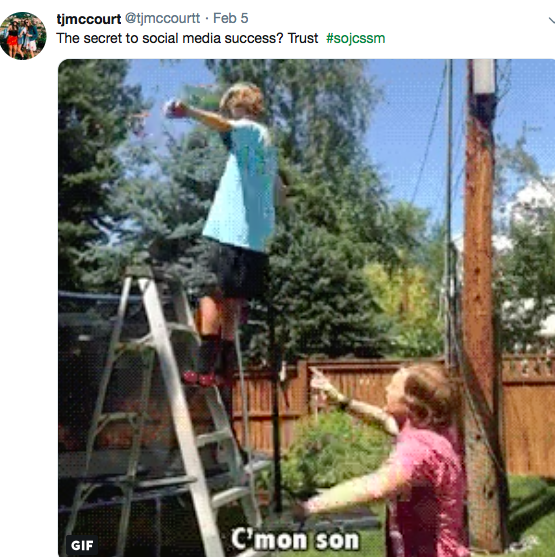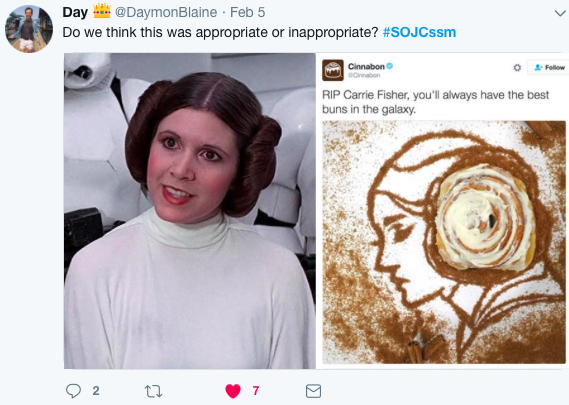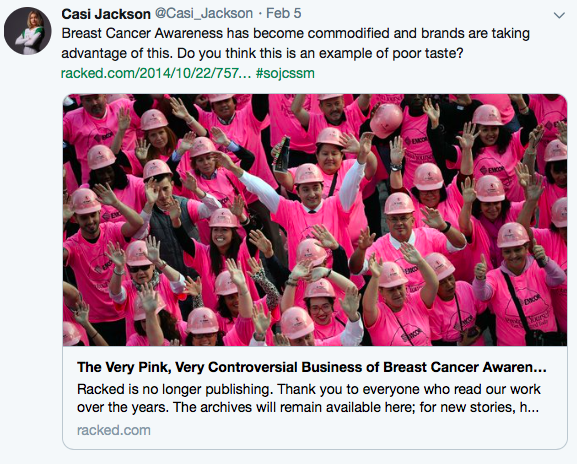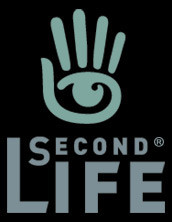By: Hannah Blair, Casi Jackson, TJ McCourt, and Daymon Standridge
Our group had a twitter discussion on the lecture of ethics in social media. Tuesday’s class discussion went over the importance of ethics when interacting on social media. We looked at a few different ways that people can be “sleazy” and we looked at various examples and case studies to help us better understand the importance of ethical interactions. Our tweets brought up the points in class and elaborated on them by including articles on various topics. We also created open-ended discussions about the topics and allowed people, both inside and outside of the class, to pitch in their thoughts and ideas. As a team, we created a discourse about the ethics of social media and dove deep into case studies as we talked about them in class.
Is it okay to represent someone else on social media? A reasonable question, which was one of many asked in class today. We came to the conclusion that it is easier to avoid conflict and consequences if you are transparent and provide disclosure. Trust is also important when choosing a brand, and once it’s lost it’s hard to gain back.

We also discussed astro-turfing as “fake grassroots” and the challenges surrounding it, including a damaged reputation if people find out. An example of astro-turfing is posting fake reviews or even a fake social media account. Remember Louis Delage? There was controversy surrounding this account because some people were unaware that it was actually a campaign to raise awareness of alcoholism.


Another takeaway from the lecture was what not to post in a global crisis or a death situation where we learned it is better to not say anything at all. When brands take advantage of unfortunate situations to sell their product, we learned that it usually results in poor taste. Using a celebrity death or crisis to promote your brand is extremely unethical as we saw in the cheerios post, where they used their logo to spell Prince’s name after he passed away. This makes the brand seem insensitive and will most likely draw customers away rather than draw them in. These incidences tend to occur because within the group of people who are working on the campaign, no one asks the question; “What’s the worst that can happen?”
During lecture, we were able to find other examples that represent poor taste from brands including pink branding. Pink branding is when brands commodify breast cancer to create a gain for themselves, and it has become an overwhelming problem.

We finished off class by discussing negative comments and how not everyone is going to like you. The best thing to do in this situation is to make the best out of it by being flexible and engaging. The biggest lessons we took from this lecture are to always be authentic and straightforward to your audience, and make sure to weigh out options.


